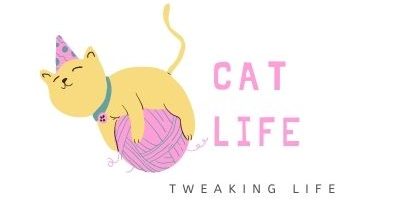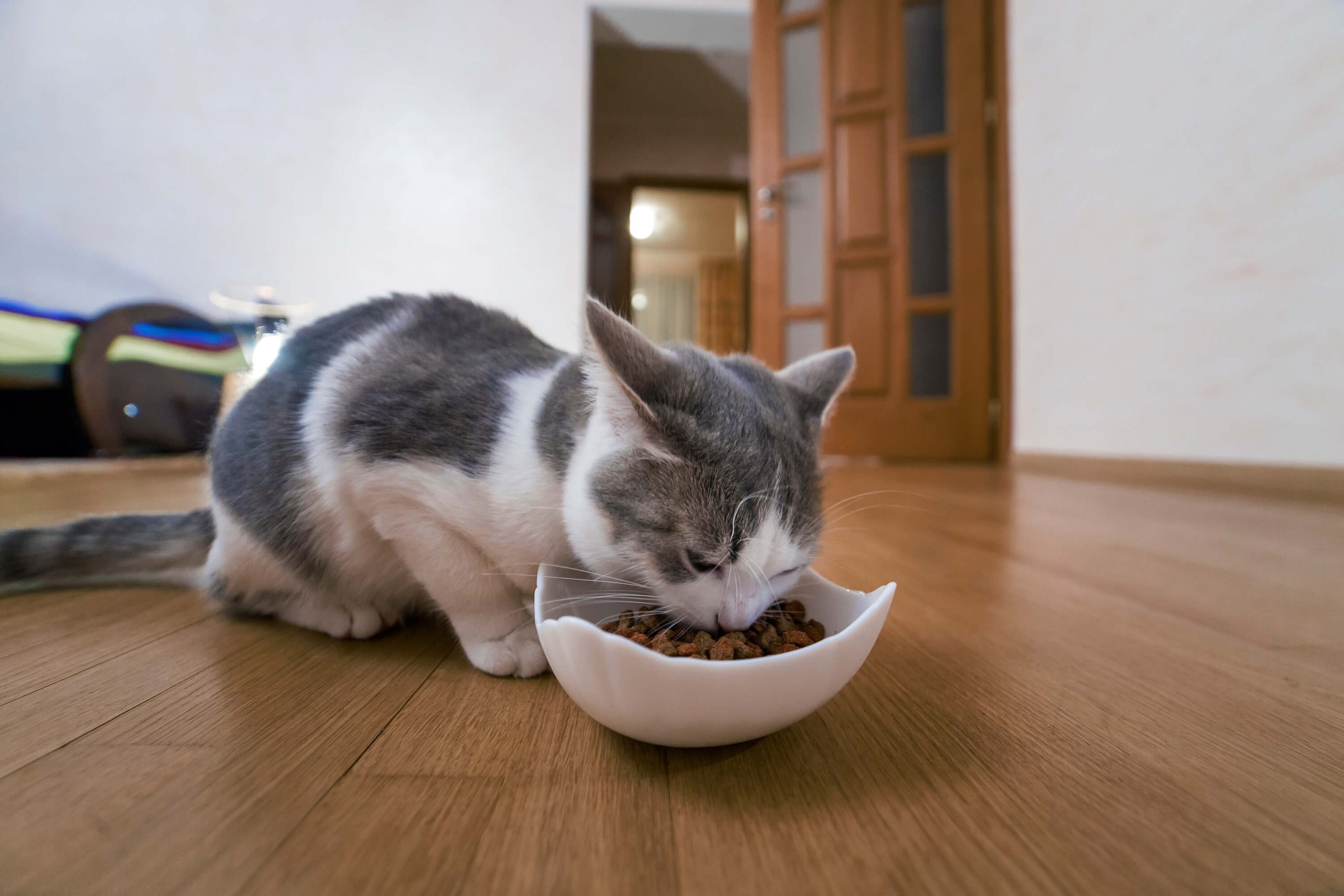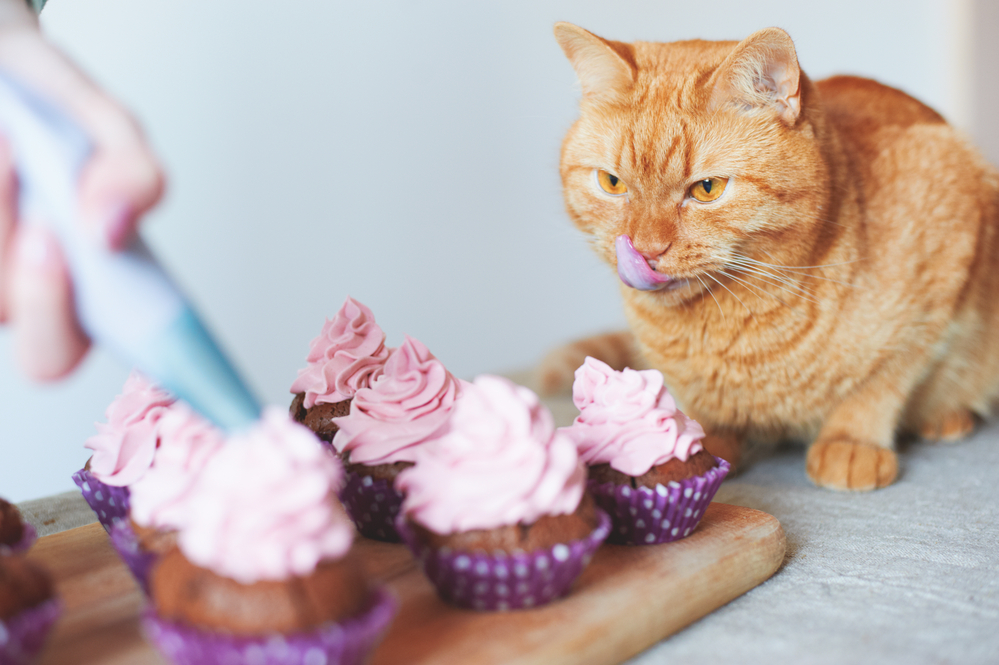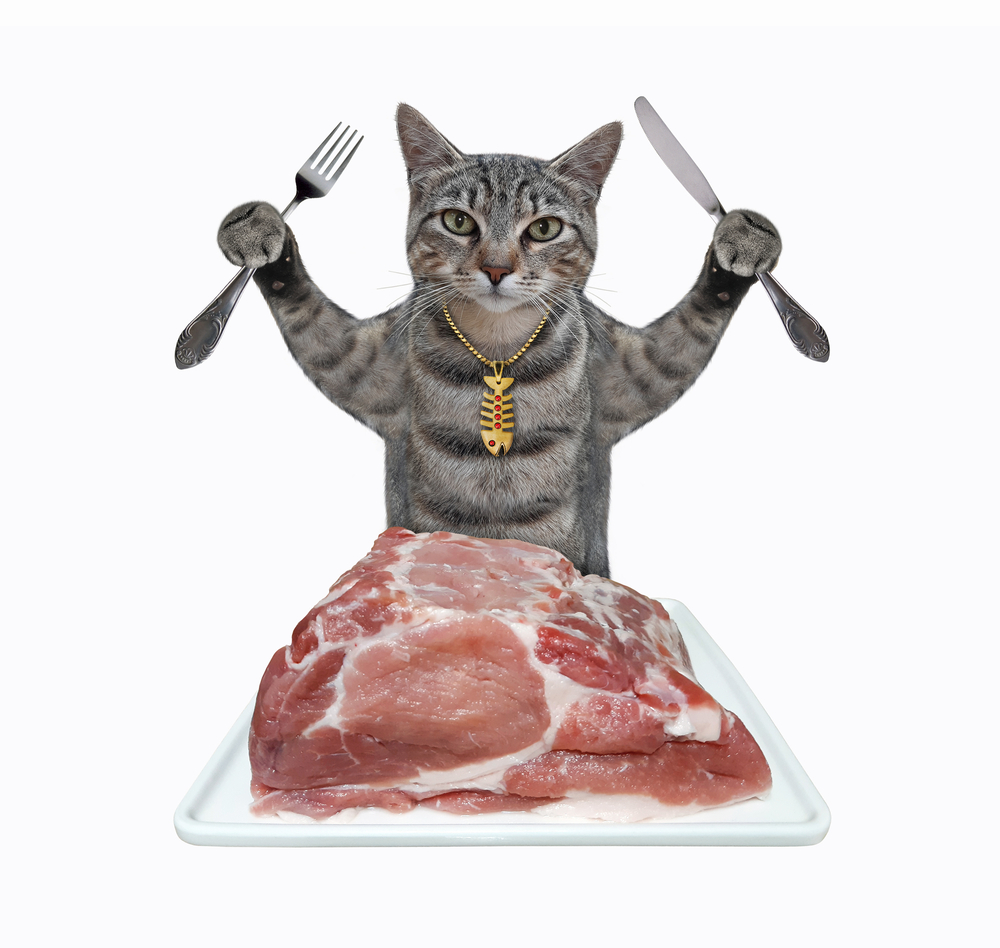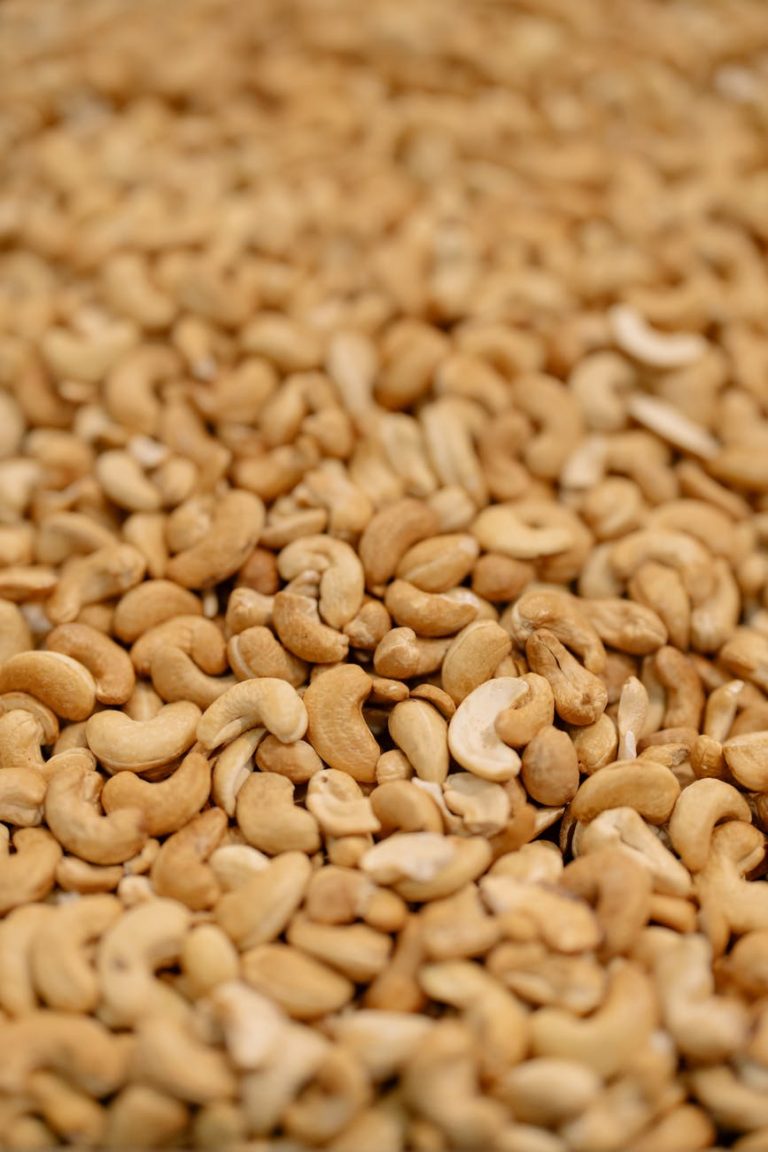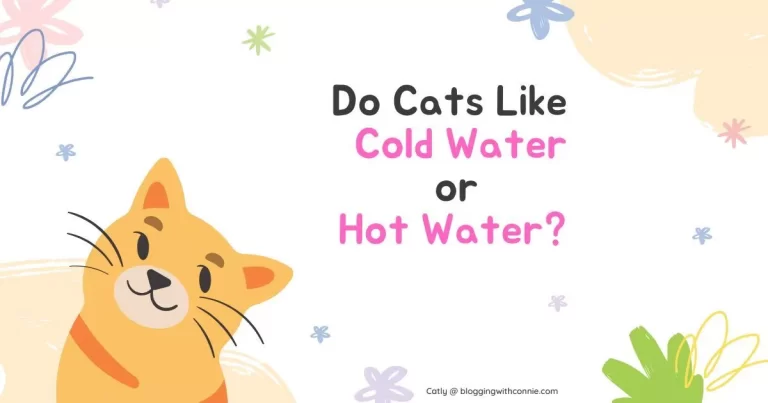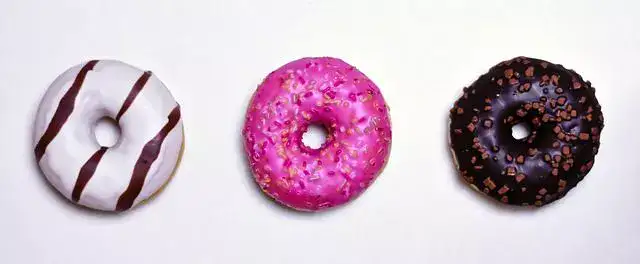Why Won’t My Cat Eat Wet Food Anymore: What Do I Do?
My cat won’t eat wet food anymore. Every time we switch to a new type of canned, she will only pick out the chunks of chicken and leave everything else in her bowl untouched.
She is not hungry; rather it seems like she doesn’t want more wet food after eating dry for so long. Our vet told us that cats are very particular about what they eat, and if you change something suddenly without consulting your pet first, then there is a chance they will reject it.
I’ve been scouring the internet for advice on my cat who won’t eat his wet food anymore, but I haven’t found a definitive answer.
I did some research and this is what I found out:
- 10 reasons why won’t my cat eat wet food anymore
- 1. Wet food changes once refrigerated, especially the gravy type
- 2. The cat does not like the taste of wet food
- 3. The cat is allergic to wet food
- 4. The cat is sick and cannot eat wet food
- 5. Too long eating the same food
- 6. Sometimes not all batches are the same
- 7. Whisker fatigue and why it may be one of the reasons your kitten won’t eat wet food anymore
- 8. Lack of routine
- 9. Too many treats
- 10. Fussy about flavors
- What to do when cats stop eating wet food anymore?
- 1. Visit your vet and have your cat checked.
- 2. Try to change the food brand.
- 3. You may try giving her mixed food.
- 4. Keep your pet’s food bowl clean and odor-free.
- 5. Make your cat miss her wet food for a few days
- 6. Put its favorite cat treat in the middle of the wet food
- 7. Enhance the flavor with a nice wet food topper
- Do you choose dry food or wet food?
- What are some wet food brands that my cat may like?
- What are some other food options for my cat?
- How often should I feed my cat wet food?
- How can I get my cat to eat wet food again?
- Cat food issue: My cat licks food but doesn’t eat it.
- FAQ
10 reasons why won’t my cat eat wet food anymore
I found out that there are many reasons why cats won’t eat wet food anymore. I listed 10 of them here.
1. Wet food changes once refrigerated, especially the gravy type
I’ve noticed that whenever I refrigerate my cat’s food, she rarely eats and becomes extremely picky.
Refrigeration is cool and all but do you know that it changes the smell of food?
A cat will avoid eating just because the smell isn’t the same! They can also tell that the food isn’t fresh.
Wet food can also quickly spoil if it’s not refrigerated properly. This is because the moisture in the food may freeze causing bacteria to grow, which can make the food poisonous to cats.
Additionally, it becomes difficult for cats to digest and absorb all of the nutrients they need from their diet.
Keep in mind that spoiled wet food contains high levels of sugar and carbohydrates which can be harmful to a cat’s health.
2. The cat does not like the taste of wet food
Your furry friend may not like the taste or texture of wet food and will avoid eating it by all means.
Some cats may also find the consistency of wet food unpalatable.
If your cat does not seem interested in eating wet food, it might be worth trying a different type of kibble or recipe that is more appealing to them.
Additionally, you can add warm water to it (this is one of my personal favorite methods).
3. The cat is allergic to wet food
Food allergies are caused when the cat’s immune system reacts to certain ingredients in their diet. This can eventually cause problems such as vomiting, diarrhea, or even anaphylactic shock.
Cats are particularly prone to developing allergies because their gastrointestinal systems are not as well developed as those of dogs and humans. This allows allergens to easily reach their intestines.
Keep in mind that eating the same food can also lead to a cat developing food allergies.
Cats are obligate carnivores – meaning that they need animal proteins to survive. However, if a cat eats food that contains ingredients from multiple animals (even if those ingredients are healthy), their immune system will get used to recognizing these different proteins and will start rejecting other types of proteins. Over time, this can lead to a cat developing food allergies.
Allergies can also occur if a cat eats something new for the first time and their body doesn’t have enough time to adjust. This can lead them to develop an allergy to that particular type of protein.
If a cat is allergic to wet food, they may have trouble digesting it and could experience vomiting, diarrhea, or skin problems like dermatitis.
In some cases, the allergy can be so severe that the cat will avoid all water-based foods altogether.
Food allergies are relatively common in cats and typically go undetected until the animal starts having serious health issues as a result of the allergy.
4. The cat is sick and cannot eat wet food
A cat may not want to eat wet food if they are sick or if they are unable to digest it.
When some cats eat wet food, their stomach and intestines have to work extra hard to break down the meat and water. This can lead to vomiting and diarrhea.
If you notice your kitty isn’t enjoying their wet food as much lately and seems prone to getting sick more often, it might be worth trying something else out for a while and seeing if that resolves the issue
 Photo by Lucas Pezeta on Pexels.com
Photo by Lucas Pezeta on Pexels.com
5. Too long eating the same food
Do you get bored if say you eat pizza every day? Well I know I’d get super bored and wouldn’t want to see pizza for some weeks.
This is what happens with your furball. They are probably bored with eating wet food.
6. Sometimes not all batches are the same
Batches can vary from batch to batch, which can impact the cat’s appetite. Cats may not want to eat wet food if they’ve had a bad experience with a particular batch.
This mostly happens when you replace your cat food. The manufacturer may have decided to change up some ingredients in the meals.
If you notice that your cat is refusing to eat his or her wet food, it might be best to try a different flavor or type of wet food.
You could also try adding more water to the formula so that it becomes more liquidy.
7. Whisker fatigue and why it may be one of the reasons your kitten won’t eat wet food anymore
There are several reasons why your cat may be refusing to eat wet food and one possible reason is whisker fatigue.
Whisker fatigue is a condition in cats caused by the overuse of their whiskers. Whiskers are small, hairy appendages that help your cat sense its environment.
When cats eat wet food, their whiskers get soaked and heavy. This can cause them to stop eating wet food altogether because it’s too much work for them to chew and swallow the food.
If you notice that your cat isn’t eating as much wet food, as usual, try changing up his diet a bit – give him some dry kibble instead of wet food every day or alternate between types of kibble throughout the week.
If that doesn’t work, see a veterinarian for more advice on how to treat whisker fatigue in cats.
8. Lack of routine
Cats are animals that enjoy having a routine in their lives, and eating wet food can be one part of that routine.
If the cat doesn’t have access to this liquidy food on a regular basis, they may start to associate it with something bad and avoid eating it altogether.
9. Too many treats
If a cat is getting too many treats instead of wet food, it can mess up their diet and lead to health problems down the road.
Try slowly weaning your cat off of treats one at a time over a period of several days to see if that solves the problem.
10. Fussy about flavors
Some cats are fussy about their food, meaning they don’t like certain flavors. This can make it difficult to get them to eat wet food. You may need to try different flavors until they find one that he or she likes.
Some cats are also finicky about their water intake – if your cat won’t drink from a water dish or fountain, he or she may be reluctant to drink from a bowl of wet food too.
Try filling the bowl half full and leaving it out for your cat to explore before feeding it to him or her.
What to do when cats stop eating wet food anymore?
If you have a cat who is no longer interested in eating wet food, there are some things that you can do to encourage them back into their old habits. Try changing the type of wet food, try adding some new flavors to their diet, or switch the cat’s water bowl from dry to wet.
1. Visit your vet and have your cat checked.
It can be hard to determine the reason why our cats aren’t gobbling up their wet dishes anymore. Sometimes something as simple as changing their diet or switching brands can solve the problem.
But if that doesn’t work, visiting your veterinarian is always an option. They’ll be able to check your cat’s health and rule out any potential issues.
2. Try to change the food brand.
Cats are obligate carnivores, meaning that their body is designed to digest and use only animal tissue. As a result, switching to a diet that is primarily plant-based may not be enough to satisfy their hunger.
If your cat won’t eat wet food anymore, you may want to try changing the food brand. Different brands have different ingredients and diets that can provide cats with all the nutrients they need.
3. You may try giving her mixed food.
Some cats may not be comfortable eating only wet food anymore, especially if they’re used to drinking water with their meals.
If your cat won’t eat any wet dishes at all, you may want to try feeding her mixed food instead.
Mixed food is a type of food that is made up of both wet and dry ingredients. It is designed to give cats the benefits of both types of food, which may help them transition to a new diet.
4. Keep your pet’s food bowl clean and odor-free.
Food bowls should be kept clean at all times to avoid bacteria buildup, which can cause bad breath, vomiting, diarrhea, or even death in some cases.
Additionally, keeping the food bowl odor-free will encourage your pet to eat from it.
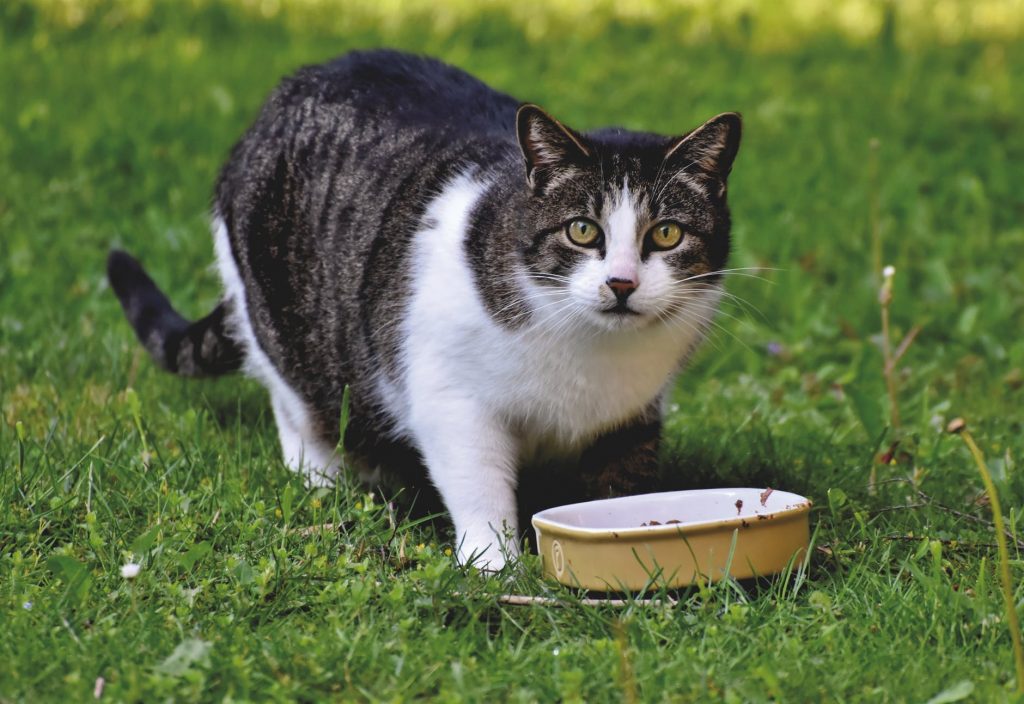 Photo by Ralph on Pexels
Photo by Ralph on Pexels
5. Make your cat miss her wet food for a few days
If your cat is refusing to eat wet food, you may need to make her miss it for a few days. This will help her miss the food and gladly feast on it the next time you present it to them.
6. Put its favorite cat treat in the middle of the wet food
If your cat is refusing to eat, you can try putting its favorite cat treat in the middle of the bowl. This will hopefully entice it to start eating again.
7. Enhance the flavor with a nice wet food topper
A wet food topper is a type of supplement that resembles wet cat food in texture and flavor. Adding one to your cat’s diet can help them transition smoothly from eating only dry kibble to also including wet foods in their diet.
Toppers are also good for cats who have trouble digesting dry foods, as they add moisture and fiber which helps promote bowel health.
Some popular brands include Cat Chow, Feline Greenies, and Purina Pro Plan TenderCare Wet Food Toppers.
There is no need to buy a special kind of wet food just for your cat – any brand of moistened kibble or canned pet food will work as a wet food topper. Simply mix the desired amount of the supplement into the regular feeder bowl and let your cat enjoy!
Do you choose dry food or wet food?
Cats eating dry food and benefits
Cats are obligate carnivores, meaning that they require animal protein to survive. They are also obligate predators, which means that their diet must include meat in order to fulfill their nutritional needs.
As a result, most cats eat a diet that consists of mostly dry food. This type of food is easier to digest and provides the cat with all the nutrients they need to thrive.
Dry food is also less likely to cause allergies or gastrointestinal problems in cats. In fact, some studies have shown that feeding your cat dry food can actually increase their lifespan by as much as 20%.
Dry food is beneficial for cats because it offers a number of benefits, including:
– Reduced shedding
– Increased energy levels
– Healthier skin and coat
– Longer life expectancy
Benefits of Wet Food for cats
This type of food contains water, which helps keep their stomachs hydrated and encourages them to eat more.
It is also considered healthier for cats because it eliminates the risk of constipation and diarrhea, both of which can be dangerous to their health.
Wet food provides protein in a form that the cat can easily digest – as opposed to dry food, which must first be processed by the cat’s digestive system before it becomes edible.
Additionally, this food contains nutrients such as vitamins and minerals that help keep a cat healthy overall.
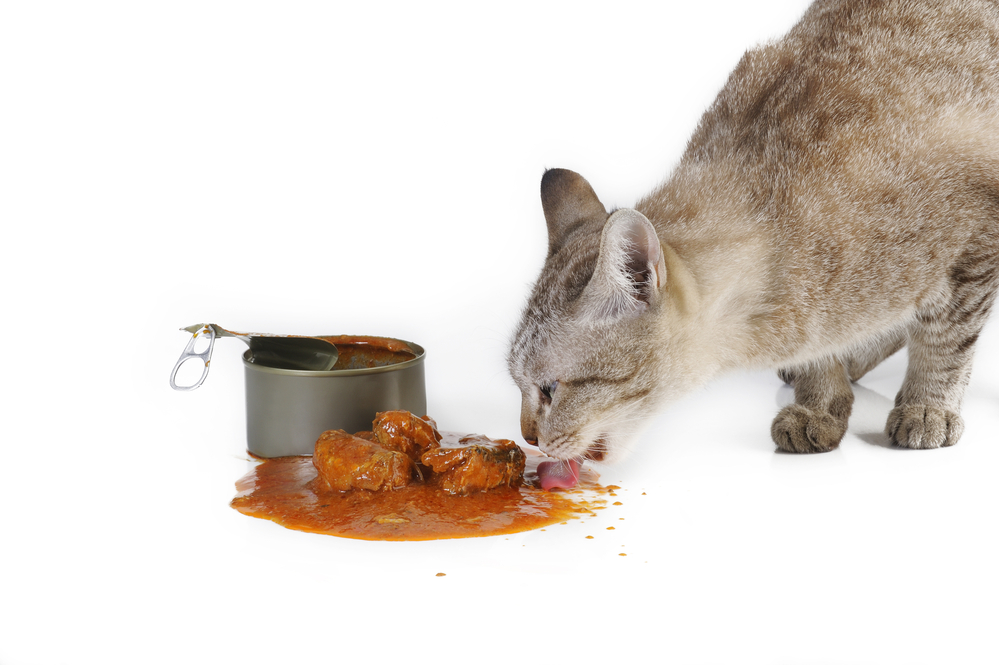
Mix them up!
Mixing up your cat’s food can help to keep him healthy and energetic. By mixing different types of food together, you are providing your cat with a variety of nutrients and antioxidants that he may not get from just one type of food.
If your furry friend is eating only wet food, his digestive system won’t be able to break down all the nutrients in the food properly. This can lead to health problems like obesity or skin issues.
What are some wet food brands that my cat may like?
There are a variety of wet food brands that your cat may like, depending on their dietary preferences.
Some popular wet food brands for cats include Evo, Science Diet, and Purina One.
What are some other food options for my cat?
There are a variety of other food options for cats, depending on their dietary needs. Some common options include wet and dry food, canned foods, and fresh foods.
Healthy vegetables and fruits you can feed your cat include:
a. Cucumber
b. Asparagus
c. Dates
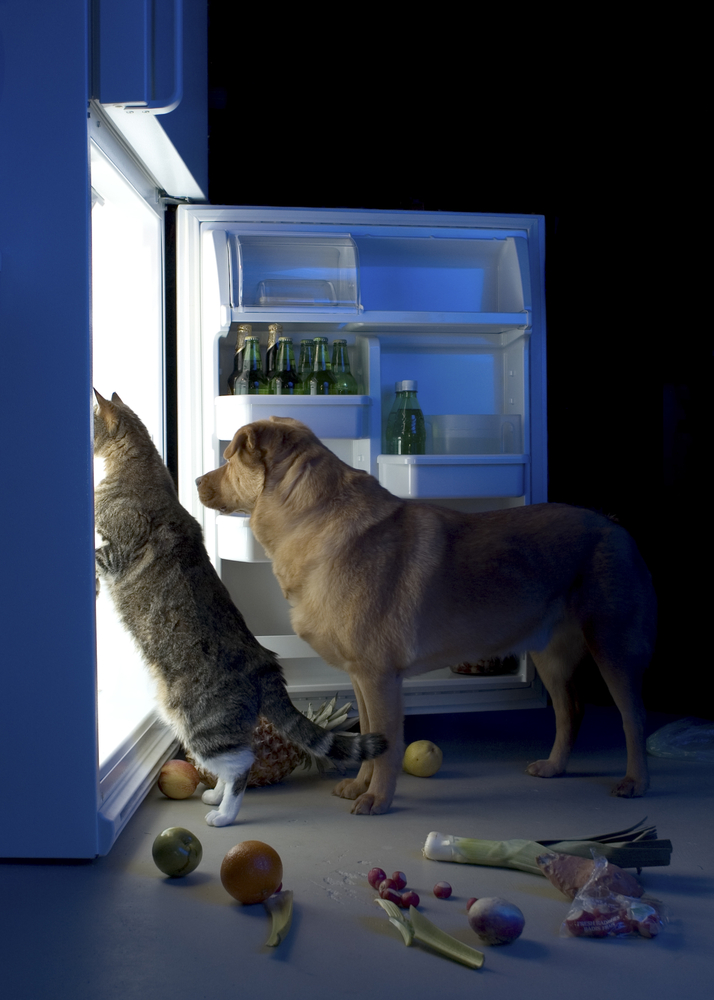
Check out a complete guide of human foods that you can feed your furry bestie.
How often should I feed my cat wet food?
Your cat should take wet food every day. Feeding your cat wet food regularly will help maintain their health and keep them hydrated.
This food is high in water content, which helps cats stay hydrated and healthy. Giving your cat regular access to fresh water is also important for their overall well-being.
However, feeding them only a wet diet may not be enough for all cats.
Consult with a veterinarian if you’re not sure what type of diet would be best for your pet’s individual needs.
What are some signs that my cat is not getting enough wet food?
If your cat is not eating their usual amount of food and they’re also losing weight or being lethargic, it may be time to switch to a different type of wet food.
How can I get my cat to eat wet food again?
Sometimes it’s just a matter of finding a new recipe that your cat will enjoy. You can try substituting one or more of the ingredients with something they’re more likely to eat.
For example, if your cat doesn’t like salt and sugar, try adding water instead. If they don’t like changeable flavors, you could try switching to a formula with fewer variations.
Alternatively, you could make sure all of the ingredients are moistened well before serving so there is no dryness issue at hand.
Some common problems that can cause cats not to like wet food include:
-Too much salt or sugar in the recipe
-Changing the flavor too often
-Not enough moisture content in the recipe
-Off flavors in the ingredients
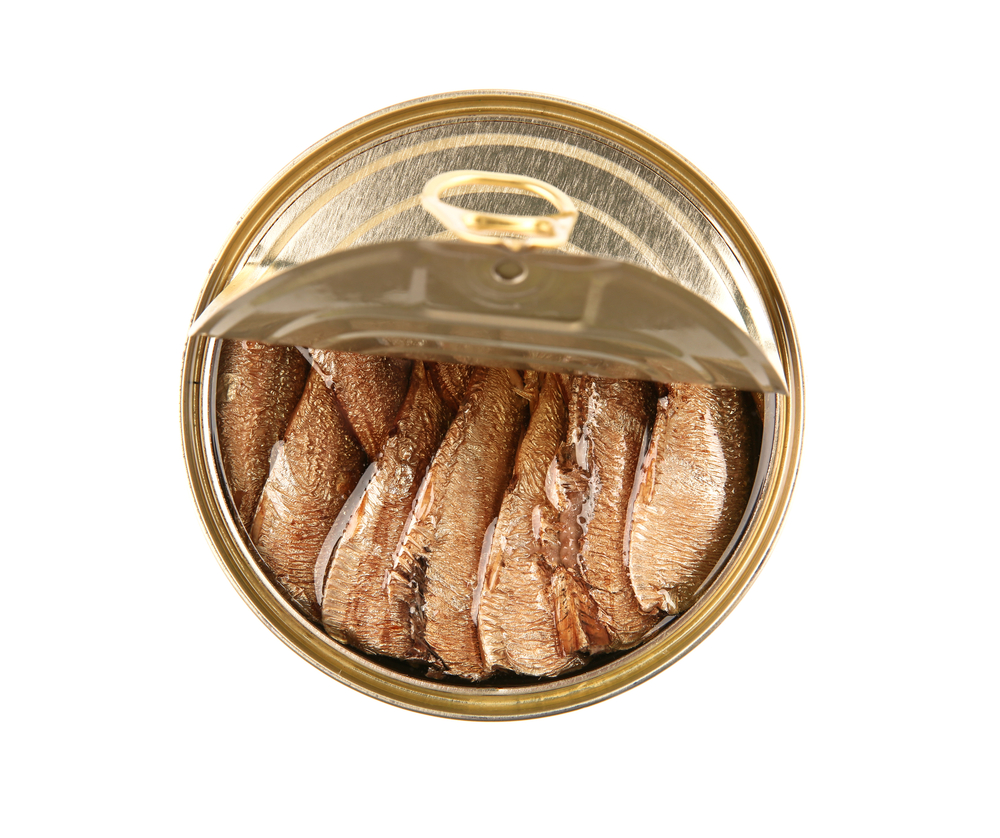
Cat food issue: My cat licks food but doesn’t eat it.
If your cat licks food but doesn’t seem to enjoy it, there may be a problem with the flavor or texture of the food.
Check to see if the food is too dry, cold, or low in quantity. If you can’t fix the problem then you may have to switch to a different type of diet for your cat.
Help! My cat licks the gravy but leaves the meat
Often, when cats lick the gravy off of meat, they don’t eat any of the meat. This behavior is sometimes called “meat loafing.”
In this case, the cat is licking the gravy instead of eating it. Some people believe that this behavior means that the cat doesn’t like the taste of meat and wants to avoid eating it. Others think that cats simply enjoy licking things and don’t actually dislike meat very much.
FAQ
Cat food diet: Can cats live on wet food only?
Many cats are fine on a diet that consists of mostly wet food, but some cats may not do well.
If your cat is exhibiting any signs of malnutrition or poor health, it’s best to consult with a veterinarian to see if switching to a diet exclusively made up of wet food is the right solution.
Can wet food cause diarrhea in cats?
Yes, wet foods can cause diarrhea in cats if ingested in large quantities.
Diarrhea is a common ailment that cats suffer from, and it’s usually caused by eating something that isn’t properly cooked or digestible.
Cats are especially susceptible to food poisoning because they have a shorter gut than humans, so they’re more likely to get sick from contaminated food.
In most cases, diarrhea can be treated with antibiotics or dietary changes like adding probiotics to your cat’s diet.
What happens if I don’t feed my cat wet food?
If your cat isn’t eating wet food, their water intake reduces. Keep in mind that wet diets have some fluid in them and eliminating the food means reducing your cat’s fluid intake.
You will need to try and find creative ways of upping your cat’s fluid intake.
How long can a cat go without eating wet food?
If you’re only feeding wet foods to your cat, then they can go a few days without eating, but they’ll start to get hungry and may start looking for food elsewhere.
However, if you’re using both wet and dry foods interchangeably, then your furball can survive for months without eating any wet food. You just have to make sure that their water intake is optimal.
Why won’t my cat eat wet food anymore but will still eat dry food
 Photo by Mustafa Gövde on Pexels
Photo by Mustafa Gövde on Pexels
One possibility is that your cat’s stomach has adjusted to the new diet and no longer needs the wet food to satisfy their hunger.
Another possibility is that you may have accidentally switched their diet without realizing it. And, they are now getting all of their nutrients from dry food instead of wet food.
If your cat is refusing to eat any wet food at all, there could be a problem with their digestive system or they may have something wrong with their teeth.
In any case, it’s best to bring your cat in for an examination by a veterinarian so that they can determine the cause of the change in diet. They can then make appropriate recommendations.
My cat is not eating food but is eating treats
One possibility is that they are not hungry and are just choosing to eat treats instead.
Another possibility is that your cat may be allergic to the food you’re feeding them.
If you’re unsure why your cat isn’t eating, it might be best to take them to the vet for an exam.
